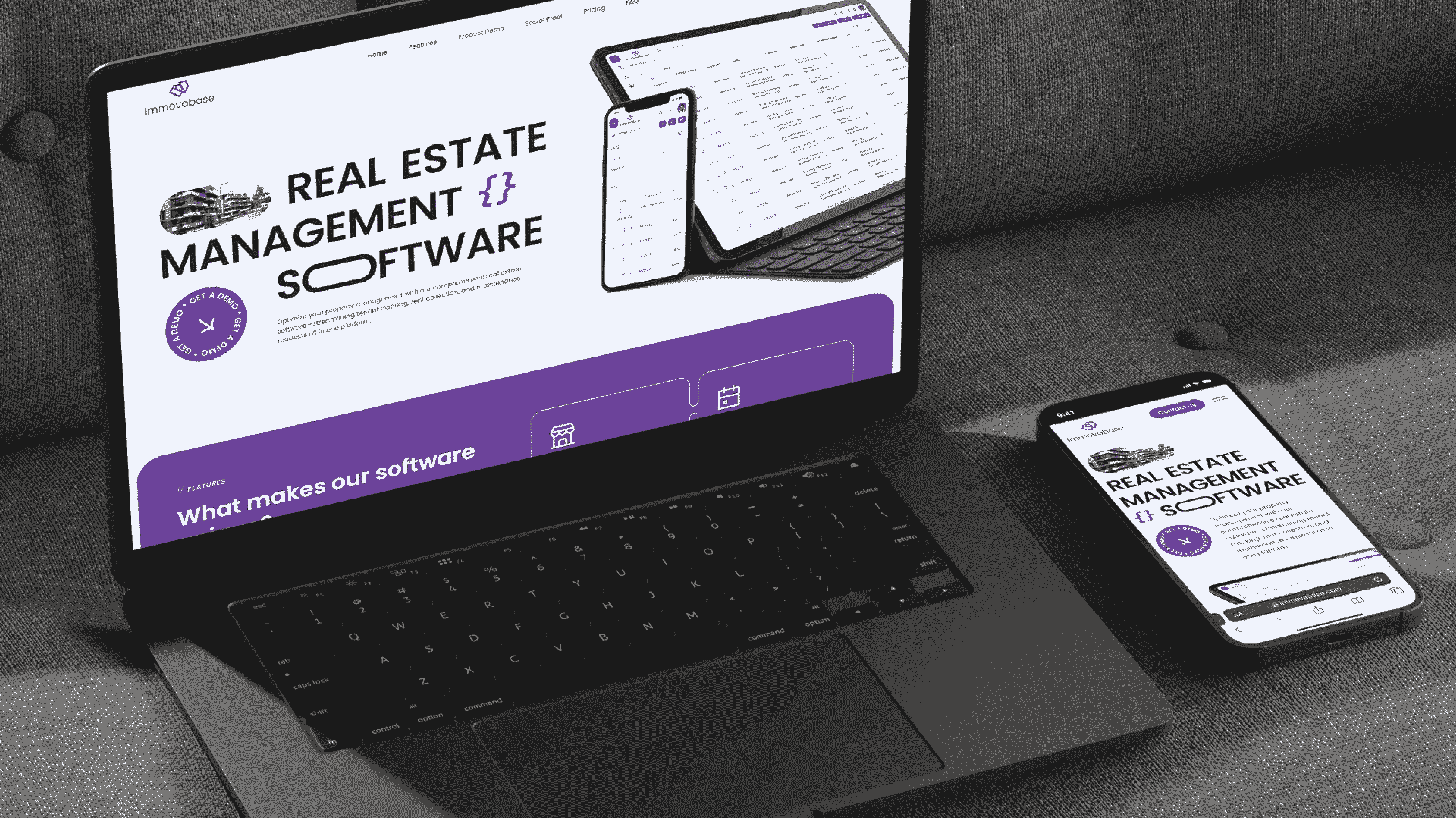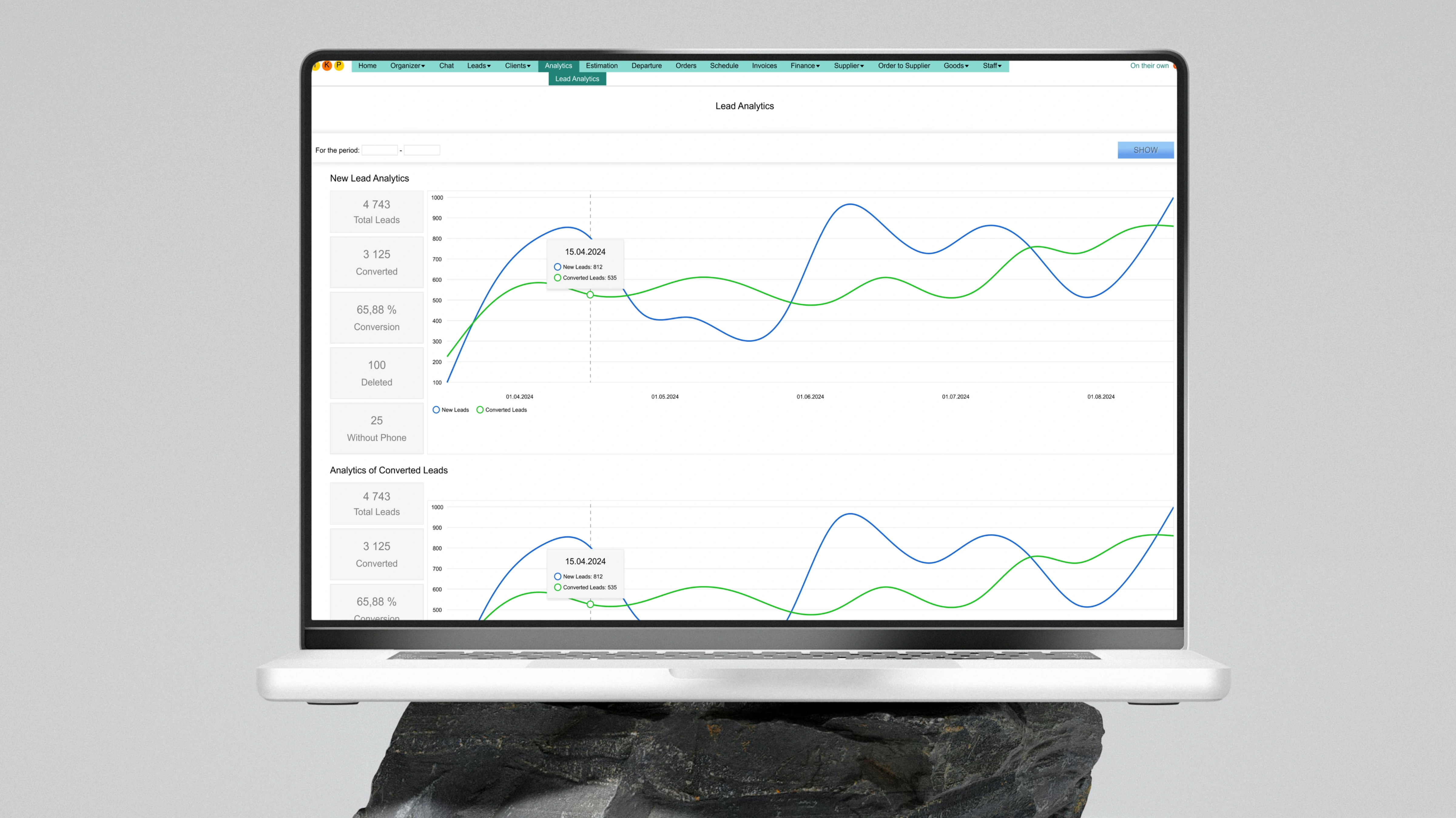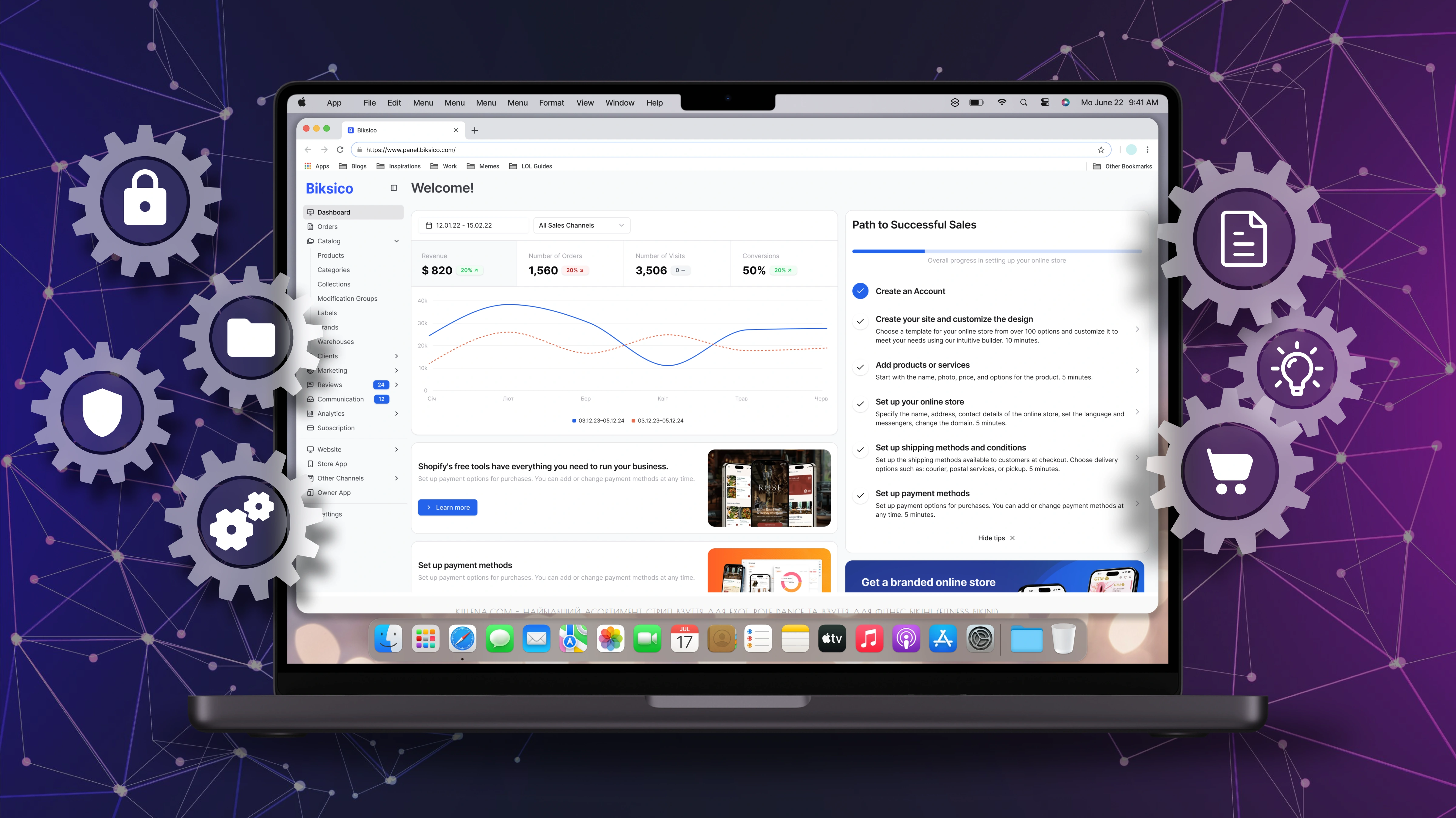
In today's digital world, a corporate website is not just a business card, but one of the key tools for attracting customers, partners, and strengthening brand reputation. One of the most important elements of an effective website is responsive design. In this article, we'll take a look at what responsive design is, why it's important for corporate websites, and how its implementation can affect business success.
What is responsive design?
Responsive design is an approach to website development that ensures correct display and functionality on different devices and screens. From smartphones and tablets to desktop computers, a responsive website automatically adjusts to the size and resolution of the screen.
Basic principles of responsive design:
- Flexible layout - site elements change their size depending on the width of the screen.
- Media queries - CSS rules that allow you to set styles for different devices.
- Responsive images - automatically resize images to preserve quality and ensure fast loading.
- Content Prioritization - important information is always accessible and understandable.
Why is responsive design important for corporate websites?
Corporate websites are an important part of business, so their effectiveness directly affects the achievement of company goals. Responsive design helps to achieve a number of key benefits:
1. Improved user experience (UX)
Users expect convenient access to information, no matter what device they use. A website that looks good and functions well on any screen delivers:
- Easy to navigate menus.
- Clear text and images.
- No need to zoom or scroll the page.
2. Increase in mobile traffic
According to statistics, more than 50% of users browse websites on their smartphones. If your website is not adapted for mobile devices, you may lose a significant part of your audience.
3. Improve SEO positions
Google and other search engines favor websites with responsive design because they provide a better user experience. This can contribute to:
- Increased rankings in the search results.
- Growth of organic traffic.
4. Reduced development and maintenance costs
Instead of creating separate versions of the site for mobile and desktop devices, responsive design allows you to have a single universal platform. This reduces maintenance and upgrade costs.
5. Strengthening brand reputation
A website that looks professional and modern on any device creates a positive impression of the company. This can attract more customers and partners.
How to implement responsive design on a corporate website?
1. Analyze the audience
Before developing a responsive website, it is important to understand which devices your target audience uses most often. This will help you prioritize design and functionality.
2. Use of modern technologies
When creating a responsive website, you should use:
- HTML5 and CSS3.
- Media queries for customizing styles.
- Frameworks such as Bootstrap or Foundation.
3. Image optimization
Use fast-loading image formats (WebP, SVG) and adjust their size for different devices.
4. Testing
Check your website on different screens and browsers to make sure it works correctly.
5. Keep it up to date
Technologies are constantly changing, so it is important to regularly update your website to meet modern requirements.
Benefits of responsive design for business
By investing in responsive design, companies get a number of benefits:
- Sales growth due to a user-friendly interface.
- Increased loyalty of customers who return to a convenient resource.
- Effective attraction of new customers through improved SEO positions.
- Reducing the cost of creating separate versions of the website.
Responsive design is not a luxury but a necessity for corporate websites in 2025. It provides comfortable access to your resource for users with any device, improves search engine rankings, and helps your business look modern and professional. If you haven't implemented responsive design yet, now is the time to take this step to strengthen your online presence.



